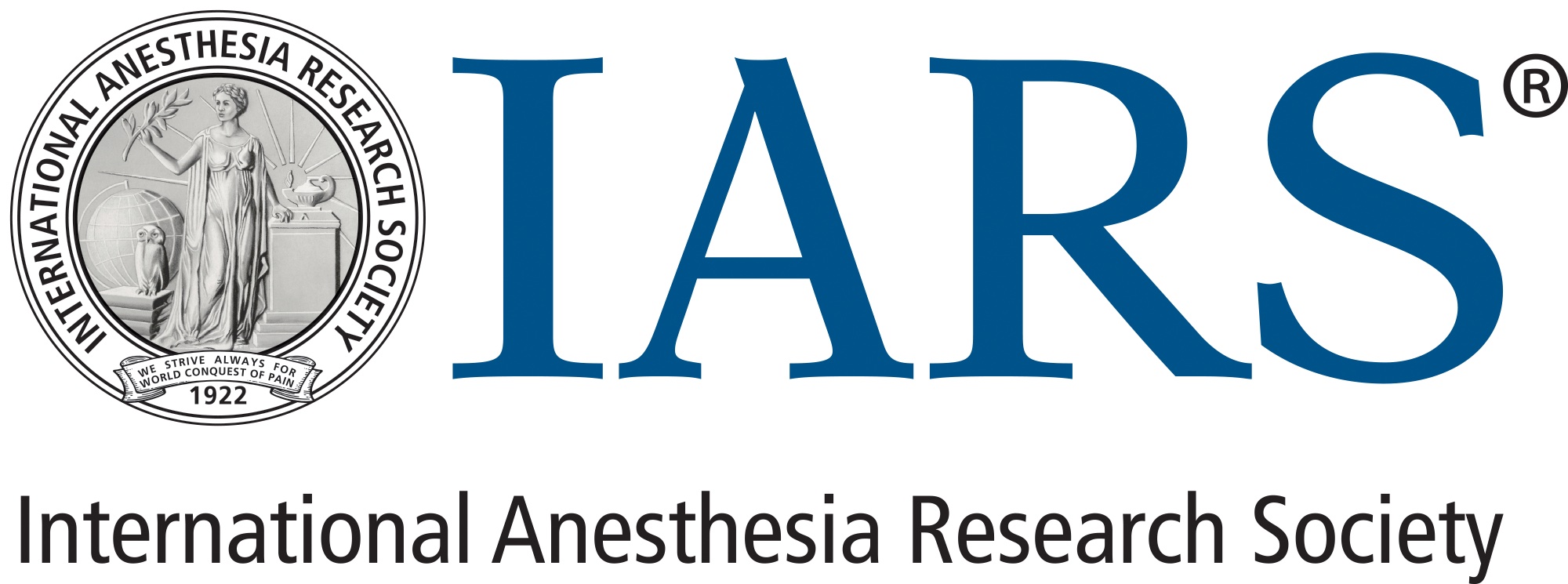It’s Not Just Fun and Games: Using Virtual Reality Gaming Systems to Improve Clinical Training and Proficiency
Young May Cha, MD
Simulation strives to provide high fidelity replication of real-world clinical scenarios. Although artificial, such an environment allows for repetitive practice in a safe space where patient safety is not a concern. Simulation also allows for replication of rare clinical scenarios and complications that, thankfully, are not commonly experienced in everyday clinical practice. Manikins and task trainers have advanced significantly in this regard, but virtual reality (VR) and augmented reality (AR) provide yet another solution to provide high fidelity training for acquisition and retention of technical skills. The session, “Stepping Into the Future: Implementing Virtual Reality in Invasive Procedural Training Curriculums,” moderated by Shiri Savir, MD, MPH, chronic pain fellow at Beth Israel Deaconess Medical Center, and held on Sunday, March 23, at the 2025 Annual Meeting, presented by IARS and SOCCA, showcased how VR and AR are feasible, cost effective, and powerful tools for training procedural skills.
Historically, medicine relied on an apprenticeship model, in which the sheer number of hours spent in a clinical environment resulted in adequate clinical training. This has evolved into the current competency-based model, which acknowledges that training can be assessed more efficiently on competency instead of time spent in the hospital. A pitfall of this model though is that the acquisition of proficiency can sometimes be difficult to assess. Robina Matyal, MD, Professor of Anaesthesia at Harvard Medical School and Beth Israel Deaconess Medical Center, proposes simulation with VR and AR as a mechanism to bridge this gap. Dr. Matyal encourages a curriculum-based approach, in which one couples the use of VR and AR simulation with an integrated cognitive component, such as lectures and a baseline understanding of normal anatomy and physiology. With the addition of metrics, such as motion analysis, a training program can have objective data to track performance. Moreover, the use of VR and AR for procedure training can alleviate the trainer burden by allowing for training to occur without the expert being present for every performed procedure. Current VR and AR simulation programs can even be modified to institutional-specific kits and tools. Although there is some suspension of belief required with VR and AR, and there is the limitation that these simulation tools can never replicate patient interactions, these tools are portable, cost-effective, and allow for remote and collaborative learning.
John Mitchell, MD, Professor and Vice Chair of Anesthesiology at Michigan State University, then expounded on the feasibility and utility of scaling up with VR technology. At a minimum, VR simulation requires a space, hardware, software, and trainers. Initially, these can be obtained at a small scale. A simple conference room, a few headsets, and a handful of local experts trained in this modality can be sufficient. There are multiple commercial platforms that simplify the entry to VR simulation. There are also companies that can customize platforms specific to your needs and tasks. The internet is abound with websites to quickly get you up to speed on video cards, and VR companies are also adept at guiding you to the right hardware that is required for the software. For trainers, Dr. Mitchell recommends looking to the youngest and most junior people at your institution. These younger people are often more adept with video game technology and, in his experience, pick up the basics of VR very quickly and can easily teach others. Importantly, once you decide to start a VR simulation lab, it does not require much in additional resources to expand to a large-scale operation. In fact, collaborating with other departments can help defray the costs and you can then capitalize on the benefits of economies of scale.
Sara Neves, MD, Assistant Professor of Anesthesiology at Harvard Medical School and Program Director for the Anesthesia Residency Program at Beth Israel Deaconess Medical Center (BIDMC), then discussed the utility of VR for teaching anesthesia residents. Lectures are the easiest learning tool to make and give, but they provide no hands-on component for technical skills. Simulation with manikins and trainers provide hands-on experience, but these resources are expensive. They also lack procedural variability and patient fidelity. Real clinical experience provides both hands-on experience and perfect patient fidelity, but risk patient safety and is a limited opportunity. Ideally, residents should have access to an environment that allows for repetitive attempts in a high-fidelity environment free from patient safety concerns. VR provides many of these components. At BIDMC, residents have been randomized to either traditional simulation curriculum or one with VR.
Preliminary data are promising that VR is an effective teaching tool. Interns surveyed found the scenarios highly realistic. The ultrasound in VR can mimic compression of the internal jugular vein when compressed. The VR simulator can even capture how wobbly a pulmonary artery catheter is and mimics how it can get caught on the end of the table during a procedure. Improved software has increased the fidelity of VR simulators. Improved hardware has led to better haptics and tactile fidelity. VR technology, like all technologies, will increasingly become more affordable, and so should be more seriously considered by all institutions as an effective means to teach procedures, demonstrate rare complications, and provide a mechanism for periodic competency assessment for all anesthesiologists.
International Anesthesia Research Society
